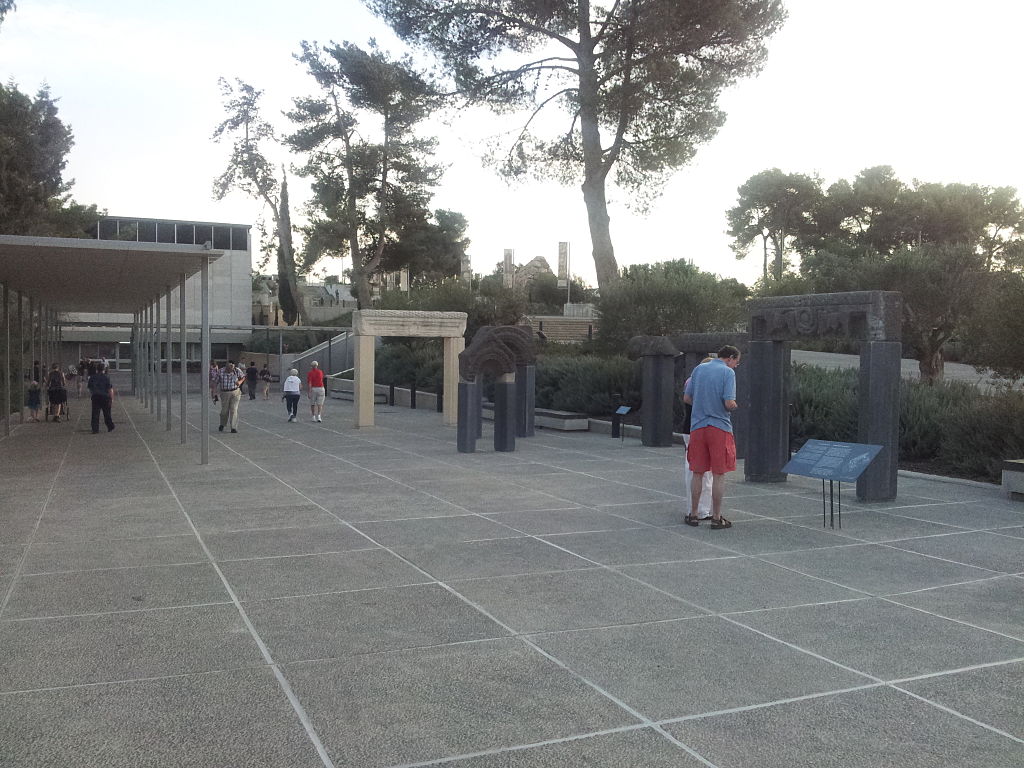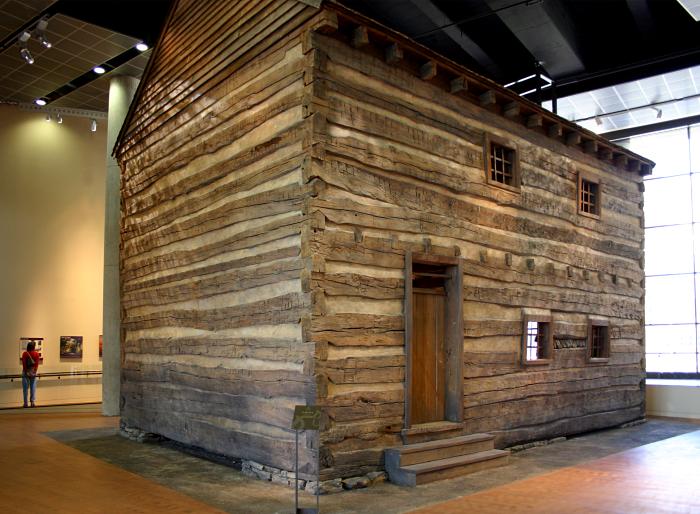
The Black Brunswicker by John Everett Millais was inspired by the exploits of the Black Brunswickers, a German volunteer corps of the Napoleonic Wars, during the Waterloo campaign.
Millais depicts a Brunswicker about to depart for battle. His sweetheart, wearing a ballgown, restrains him, trying to push the door closed, while he pulls it open.
This scene was imagined to have occurred during a ball, that took place on 15 June 1815, from which the officers departed to join troops at the Battle of Quatre Bras.
The artist has expertly contrasted the officer’s black broadcloth and the lady’s pearl-white satin in a moment of tender conflict.
Millais represented the menacing presence of Napoleon in the engraving after Jacques-Louis David’s Napoleon Crossing the Alps, which is framed on the wall.
However, its presence perplexed critics and caused multiple interpretations. Did the print imply the female character was an admirer of Napoleon?
The daughter of Charles Dickens was used as a model for the woman seen in this painting. The male model was an anonymous soldier who died shortly afterward.
The Black Brunswicker
- Title: The Black Brunswicker
- Artist: John Everett Millais
- Date: 1860
- Medium: Oil on Canvas
- Dimensions: 104 cm × 68.5 cm (41 in × 27.0 in)
- Style: Pre-Raphaelite
- Museum: Lady Lever Art Gallery
John Everett Millais The Black Brunswicker 1859- 60)
The Black Brunswicker by John Everett Millais
A Dream of the Past: Sir Isumbras at the Ford

A Dream of the Past: Sir Isumbras at the Ford
A Dream of the Past: Sir Isumbras at the Ford by John Everett Millais depicts an aged medieval knight helping two young peasant children over a river. The peasant children are carrying wood for winter fuel.
The title of the painting refers to the medieval poem Sir Isumbras and his good deeds. When first exhibited, the painting was extremely controversial and was attacked by many critics.
The theme of the Christian Chivalry was a topical one at the time, and Millais was also influenced by Albrecht Dürer’s print, The Knight, Death, and the Devil.
Despite its first negative reception, the painting inspired several other images of chivalric knights.
A Dream of the Past: Sir Isumbras at the Ford
- Title: A Dream of the Past: Sir Isumbras at the Ford
- Artist: John Everett Millais
- Date: 1857
- Medium: Oil on Canvas
- Style: Pre-Raphaelite
- Museum: Lady Lever Art Gallery
John Everett Millais
John Everett Millais (1829 – 1896) was a Victorian-era English painter who was one of the founders of the Pre-Raphaelite Brotherhood.
The Pre-Raphaelite Brotherhood was founded at his home in London.
Millais became a famous exponent of the style with this painting. By the mid-1850s, Millais was moving away from the Pre-Raphaelite style.
He had developed a new and powerful form of realism in his art.
John Everett Millais
- Name: Sir John Everett Millais, 1st Baronet
- Born: 1829 – Southampton, England
- Died: 1896 (aged 67) – Kensington, London
- Nationality English
- Notable works:
- Isabella
- Christ in the House of His Parents
- The Martyr of Solway
- Ophelia
- Blow Blow Thou Wind
- The Black Brunswicker
- A Dream of the Past: Sir Isumbras at the Ford
A Virtual Tour of Pre-Raphaelite Artists
John Everett Millais
- Isabella
- Christ in the House of His Parents
- The Martyr of Solway
- Ophelia
- Blow Blow Thou Wind
- The Black Brunswicker
- A Dream of the Past: Sir Isumbras at the Ford
William Holman Hunt
- Christ in the House of His Parents
- Our English Coasts
- Isabella and the Pot of Basil
- Self-portrait William Holman Hunt
Dante Gabriel Rossetti
- Lady Lilith
- Dante’s Dream
- Dante Gabriel Rossetti – Self Portrait
- The Beloved
John William Waterhouse
- The Lady of Shalott
- The Favorites of the Emperor Honorius
- Circe Invidiosa
- Diogenes
- I Am Half-Sick of Shadows, Said the Lady of Shalott
- Hylas and the Nymphs
- Echo and Narcissus
- Ulysses and the Sirens
- Consulting the Oracle
- A Tale from the Decameron
- Circe Offering the Cup to Ulysses
- Saint Eulalia
- Fair Rosamund
Marie Spartali Stillman
- Love’s Messenger
Ford Madox Brown
- Romeo and Juliet
- The Last of England
Henry Holiday
- Dante and Beatrice
Edward Burne-Jones
- The Star of Bethlehem
- King Cophetua and the Beggar Maid
Frederick Sandys
- Queen Eleanor
- Morgan-le-Fay
- Mary Magdalene
Frank Dicksee
- The Funeral of a Viking
~~~
“Art is not a study of positive reality; it is the seeking for ideal truth.”
– John Ruskin
~~~
Photo Credit: John Everett Millais [Public domain], via Wikimedia Commons
Popular this Week








 Sponsor your Favorite Page
Sponsor your Favorite Page SEARCH Search for: Search Follow UsJoin – The JOM Membership Program
Sponsor a Masterpiece with YOUR NAME CHOICE for $5
Share this:
- Tweet
